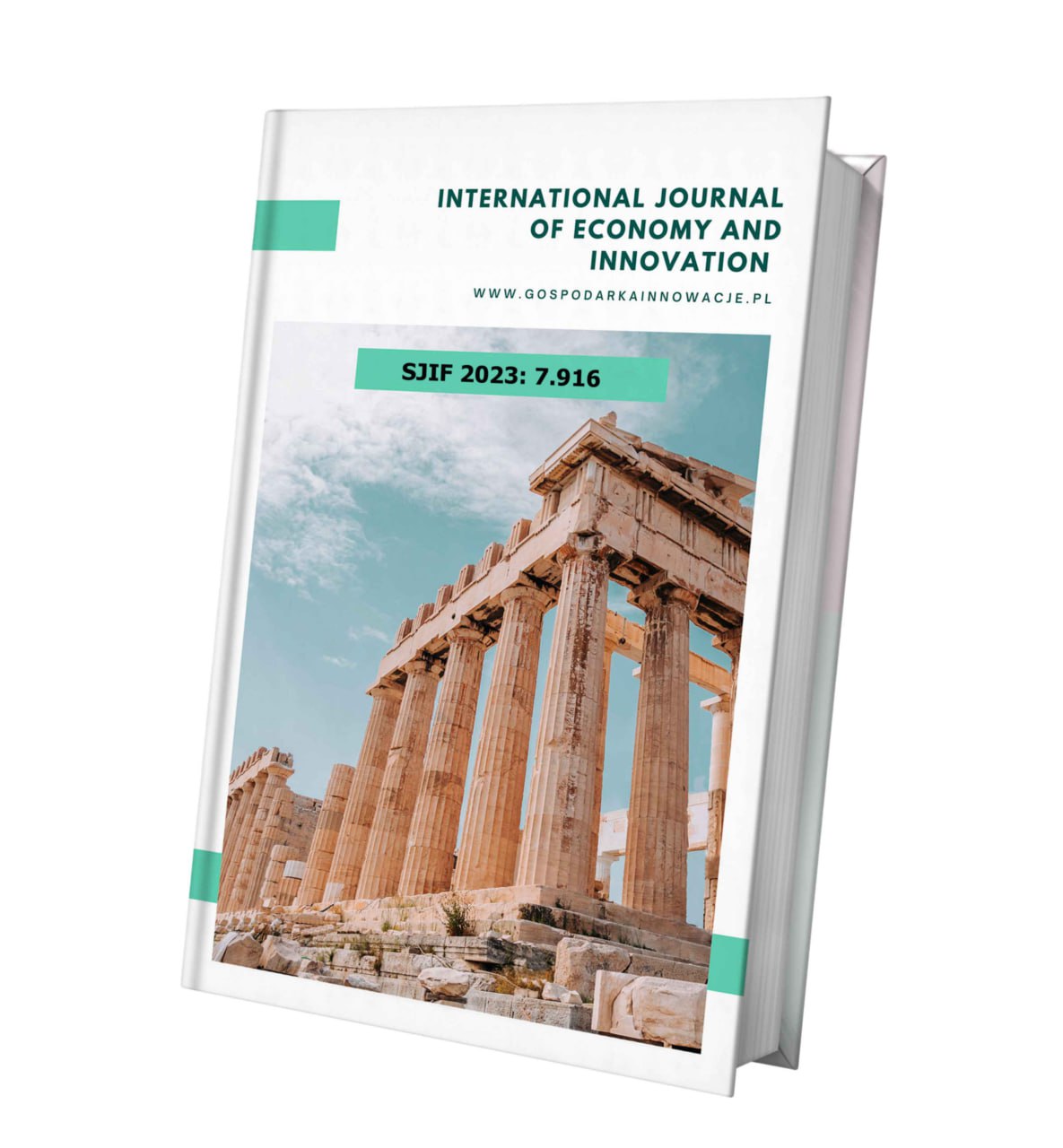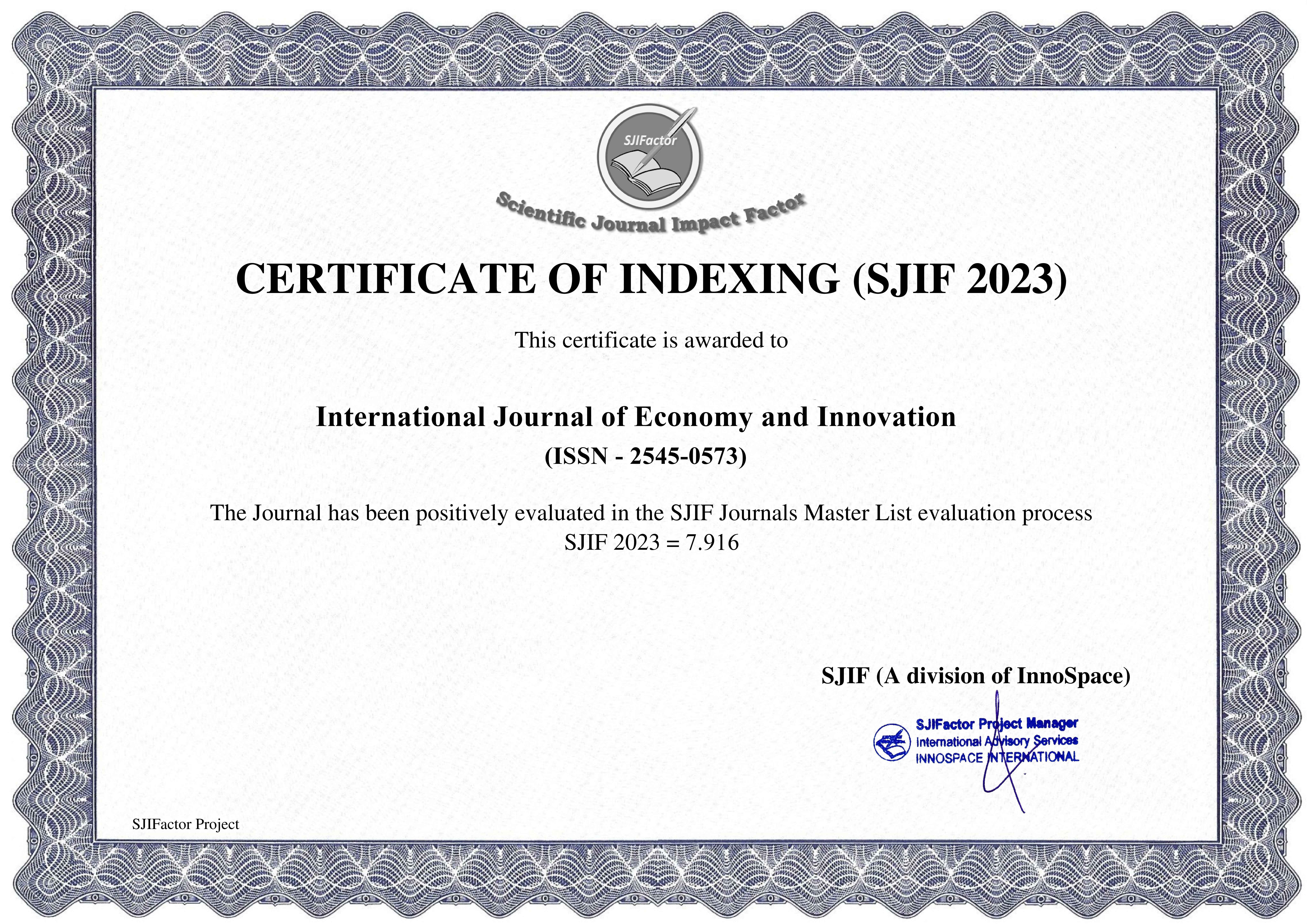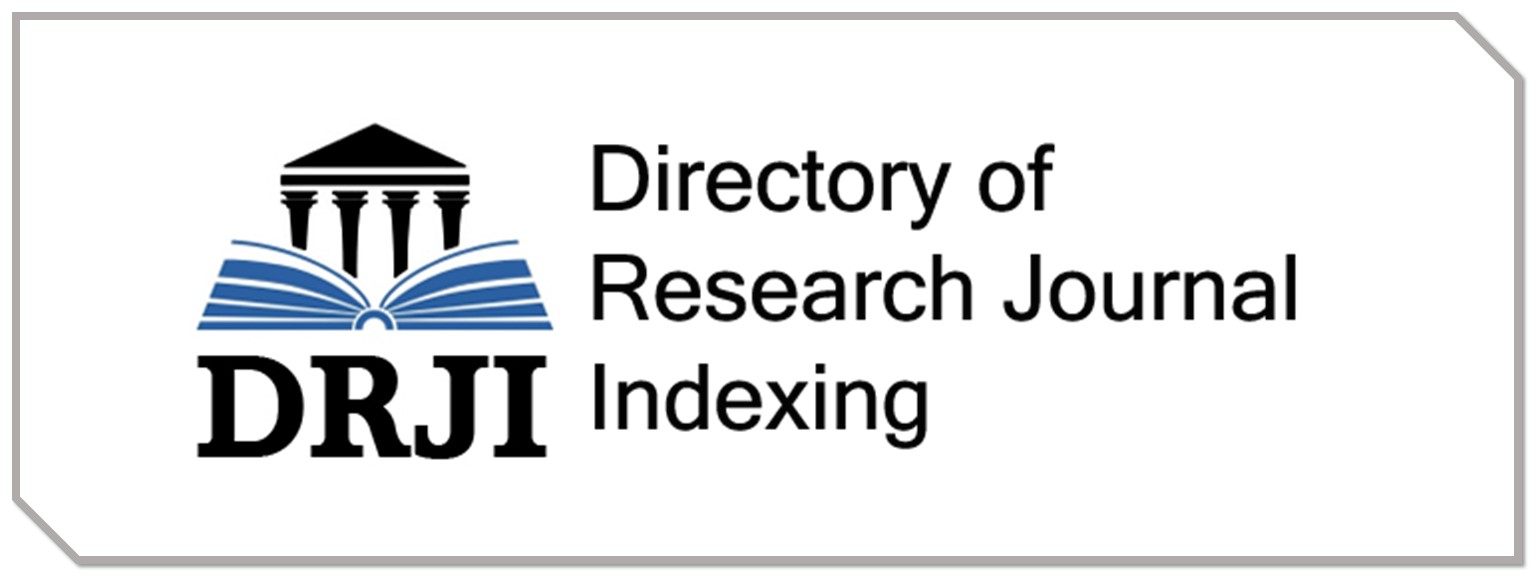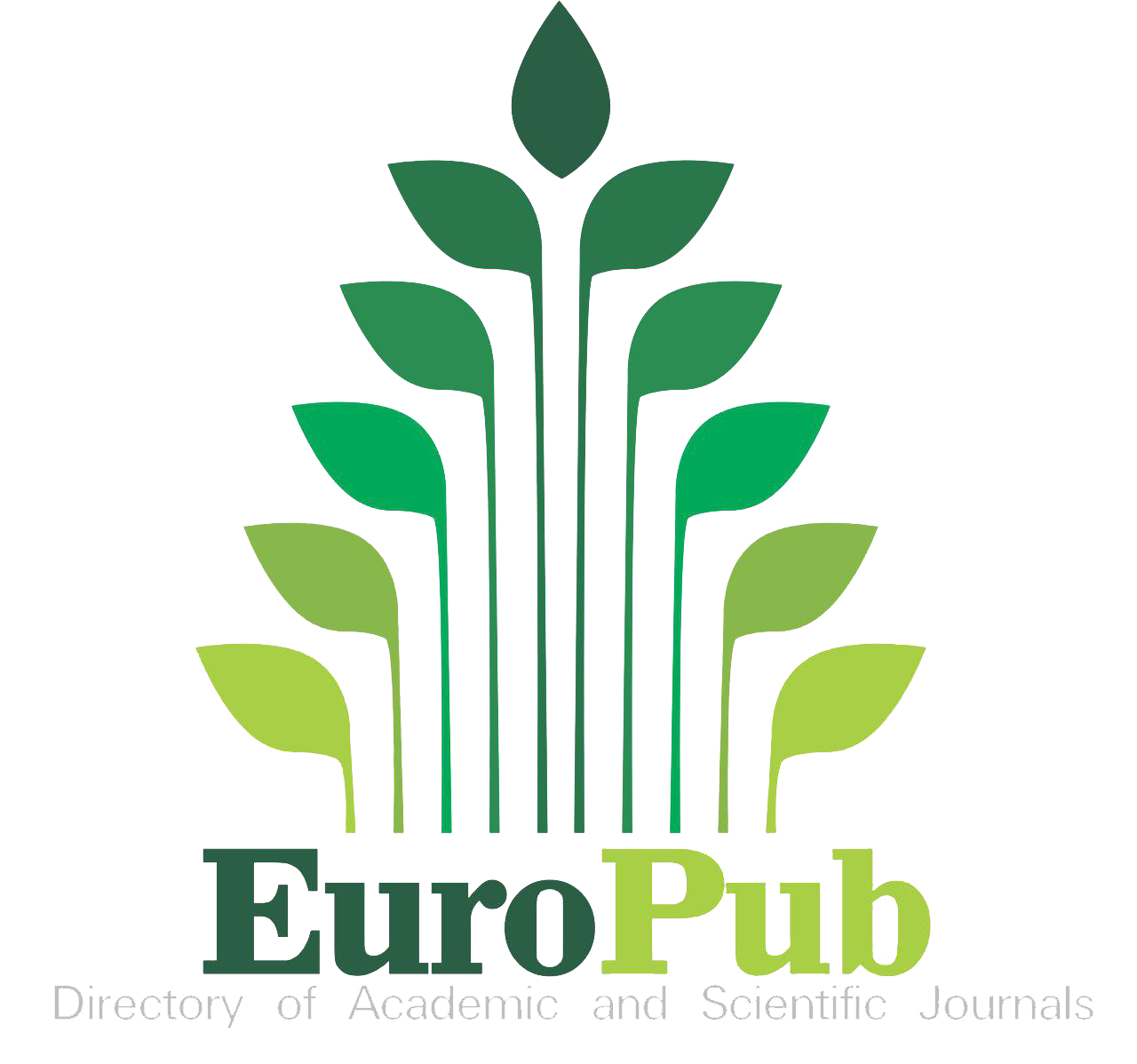ANTIDIABETIC DRUGS IN THE TREATMENT OF NON-ALCOHOLIC FATTY LIVER DISEASE: A LITERATURE REVIEW
Keywords:
hepatic steatosis, NAFLD, NASH, insulin resistanceAbstract
Non-alcoholic fatty liver disease (NAFLD), as one of the factors of metabolic syndrome (MS), is currently the most common liver disease worldwide. Currently, no specific drug therapy for this condition has been developed; its treatment is based on the treatment of the main risk factors. The initial accumulation of triglycerides in the liver parenchyma, in the presence of inflammatory processes, mitochondrial dysfunction, lipotoxicity, glucose toxicity and oxidative stress, can develop into non-alcoholic steatohepatitis (NASH). The primary goal is to identify factors contributing to this evolution, as untreated NASH can progress from fibrosis to cirrhosis and ultimately be complicated by hepatocellular carcinoma (HCC). Several groups of drugs have undergone clinical trials for use as specific therapies for NAFLD; most of them are drugs used to treat type 2 diabetes mellitus (T2DM), which is one of the main risk factors for the development of NAFLD. Among the most studied of them are PPAR-γ agonists, the so-called thiazolidinediones (pioglitazone), glucagon-like peptide-1 receptor agonists (GLP-1R), and dipeptidyl peptidase-4 inhibitors (DPP-4). In fact, the most promising category is sodium-glucose cotransporter 2 inhibitors (SGCT2). We will consider the main pathogenetic mechanisms and modern methods of treating NAFLD, paying special attention to the use of SGLT2 inhibitors.

















